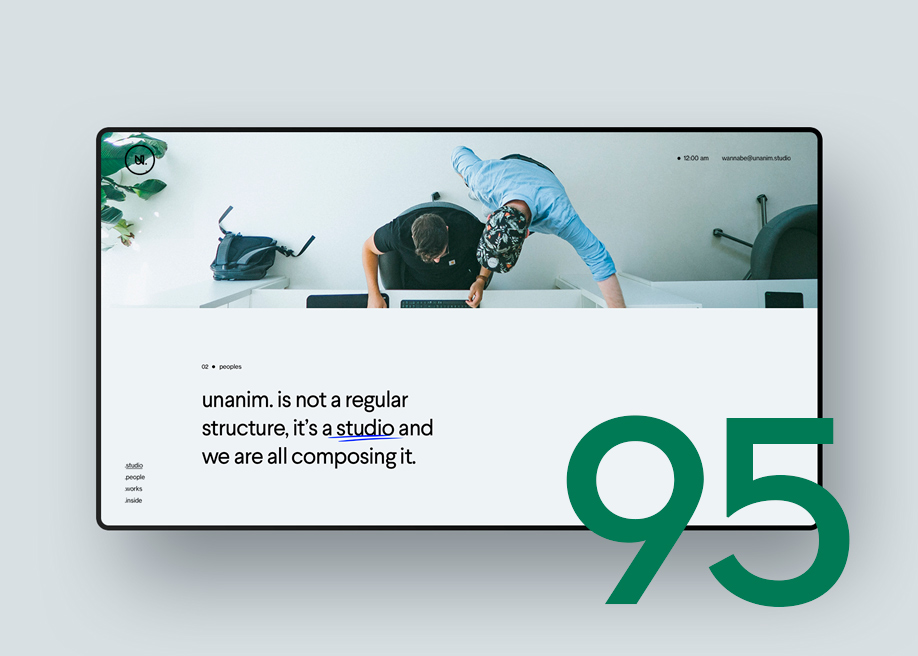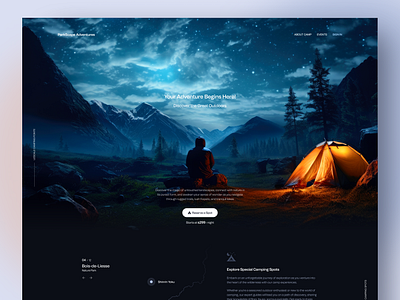Essential Tips for Creating a High-Impact Web Design for Your Business
Elevate Your Online Presence With Spectacular Web Style Tips and Trends
In today's digital landscape, an engaging on the internet visibility is vital for services seeking to distinguish themselves from the competition. The interaction of visual charm, existing design patterns, and customer experience plays a pivotal function in attaining this goal. By exploring components such as minimalism, vibrant typography, and dynamic shade plans, you can develop an engaging atmosphere that reverberates with site visitors. Nonetheless, the subtleties of reliable design prolong beyond aesthetics; recognizing vital strategies for optimization can considerably affect your success. What specific trends and strategies can elevate your website to new elevations?
Significance of Visual Appeal
This statistic highlights the crucial duty that aesthetics play in user interaction and retention. Effective visual layout incorporates aspects such as shade schemes, typography, images, and format, all of which contribute to a natural and attractive customer experience.
Furthermore, an aesthetically enticing web site instills a sense of reliability and professionalism and reliability. Individuals are extra likely to trust a website that looks sleek and well-structured, which can considerably affect conversion prices. Conversely, a unsightly or messy design can cause high bounce prices, as individuals might view the internet site as undependable or obsolete.
Furthermore, the visual elements of a website can convey brand identity and values (Web design). Constant use branding aspects, such as logo designs and color schemes, enhances recognition and promotes a deeper link with the target market. Finally, prioritizing visual allure is vital for producing appealing, credible, and brand-aligned online experiences that reverberate with customers
Existing Style Fads
Modern website design is regularly evolving, and staying upgraded with present patterns is vital for producing impactful online experiences. One noticeable fad is the increase of minimalism, identified by tidy lines, enough white area, and a concentrate on crucial elements. This strategy not only enhances use yet likewise allows content to take spotlight.
Additionally, dark setting user interfaces have obtained popularity, giving customers with an aesthetically striking option while decreasing eye strain. This pattern aligns well with customer choices, providing a modern-day aesthetic that is both elegant and functional.
Another notable trend is the consolidation of bold typography. Developers are increasingly utilizing large, expressive fonts to produce aesthetic pecking order and convey brand messages properly. Coupled with dynamic shade palettes, this fad adds dynamism to websites.

Vital Design Aspects
Reliable website design rests on several crucial style components that together produce a cohesive and appealing individual experience. The initial of these elements is design, which determines More Info how material is arranged on the web page. A well-structured layout not only boosts readability yet also overviews customers through the website flawlessly.
Color plays a crucial duty in design, affecting feelings and brand name understanding. An unified shade scheme can evoke specific feelings and establish an aesthetic power structure, thereby attracting attention to vital elements. Similarly, typography is vital; the option of font styles have to line up with the brand name identity and make sure readability across gadgets.
Images, consisting of graphics and pictures, adds aesthetic interest and can communicate messages quickly. High-quality images relevant to the web content boost the overall visual and involvement. In addition, whitespace is typically overlooked yet is important for developing balance. It helps stop clutter, allowing users to concentrate on the vital components without disturbance.
Finally, uniformity throughout all design components strengthens brand name identity and makes navigating user-friendly. By diligently integrating these important design aspects, web designers can develop visually enticing and useful sites that captivate site visitors and encourage communication.
Customer Experience Optimization
A seamless customer experience is important for maintaining site visitors and driving conversions on a site. Optimizing user experience (UX) entails comprehending your audience and tailoring style components to meet their needs efficiently. Key elements of UX optimization consist of user-friendly navigation, fast filling times, and clear contact us to activity.
Integrate breadcrumb routes to assist individuals quickly backtrack, minimizing stress. Rate is an additional critical variable; websites ought to load within 3 secs to prevent individuals from deserting the site.
In addition, your web site's style need to focus on quality. Use clear fonts, contrasting shades, and whitespace to create a visually appealing design that guides users through web content easily. Contact us to action must be prominently presented, using actionable language that urges customers to engage.
Mobile Responsiveness Methods
Virtually fifty percent of all web website traffic now stems from mobile gadgets, highlighting the importance of applying robust mobile responsiveness approaches. To ensure optimum customer experience throughout numerous screen dimensions, internet designers have to welcome a fluid grid layout that adjusts perfectly to various gadgets. This approach allows material to rearrange and resize without Recommended Reading jeopardizing functionality or visual appeals.
Including flexible images and media queries is vital. Pictures should automatically readjust their size according to the viewport, while media queries can detect tool features and apply tailored CSS designs accordingly. This method improves load times and ensures that users have a visually attractive experience.
Furthermore, prioritize touch-friendly navigating elements. Buttons and links need to be easily tappable, with appropriate spacing to avoid misclicks. Avoiding hover-dependent interactions additionally boosts use on touchscreens.
Lastly, conducting regular screening across various gadgets and internet browsers is essential. Tools like Google's Mobile-Friendly Test can aid recognize areas requiring enhancement. By taking on these mobile responsiveness approaches, businesses can boost individual involvement, boost online search engine positions, and ultimately drive conversions, thus boosting their on-line visibility effectively.
Final Thought
By prioritizing visual allure through existing design patterns and essential elements, businesses can cultivate reliability and engagement. Maximizing customer experience and ensuring mobile responsiveness are essential for promoting smooth communication throughout devices.

Conversely, a chaotic or unappealing layout can lead to high bounce websites rates, as users may view the web site as unreliable or obsolete. - Web design
Efficient internet style hinges on several crucial style components that with each other produce a appealing and natural customer experience. Optimizing user experience (UX) involves recognizing your audience and tailoring layout elements to meet their needs efficiently.